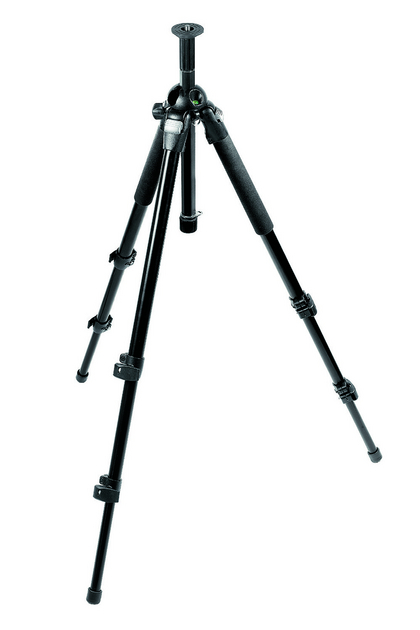In general we learn that placing your subject dead center in the frame is something to avoid – creatively speaking it can kill a picture. While this holds true as a general rule, I was walking into work yesterday morning and the sky was a brilliant blue, with the capitol bulding of Denver right dead center in front of me, and I thought that might make an interesting attempt at breaking the rules if only I had my camera….and then it dawned on me, I did have a camera. Granted, not my trusty 40D, but the smaller Powershot As500 IS. So, on a whim out it came and I snapped off a few frames of it. The vertical came out the best compositionally speaking, but it still lacked something to bring it into what I would consider the “creative” realm. After all, it is a rather mundane shot, and something you would expect the typical tourist to capture. So, how could I create interest…and then it dawned on me: vignette! That would bring the eye in more, focus attention where I want it to go. So, into Lightroom I went, and sure enough it did create a little more visual interest. I thought I’d share that view with you here today:

Granted this is still something that I would probaby personally consider a snapshot from my library of countless snapshots, but it does serve to illustrate that post processing in software can create more visual appeal and vignetting is one way to achieve those ends. So, the next time you are about to toss a shot, ask yourself: Could I improve this with a little vignette? Give it a whirl – you never know whegn a little vignette might surprise you!
On that note, it’s always helpful to remember that post production work can make or break a shot. Yes, the better your images are to start with, the less work you have to do in post, but that is not to say that post processing is a bad thing…so regardless of whether it’s a little dodging here, burning there, perhaps a litle vignette, or even applying some plugin processing from your OnOne Plugin Suite 4.5, always be willing to explore!
Oh wait – you don’t have the OnOne Plugin Suite 4.5? Well, go figure, just the luck – today starts the July photo contest here on the blog, and entries are now being accepted in the Flickr thread here for some lucky reader to win their very own copy of the Plugin Suite from OnOne! Pretty cool as this is a retail value of $500 for this package, so you can imagine the creative possibilities! Feel free to capture away, and share your favorite shot in the contest. You can find all the rules from the announcement post yesterday, but get out and shoot for your chance to wina free copy of this great software suite!
For those of you expecting the podcast today – year-end in state work means processing financials so we were working late today to get a lot of T’s crossed and I’s dotted before the clock struck midnight – so the podcast did not roll out today, but I promise it will roll out tomorrow and I’l be talking more about the photo contest then too, as well as answering viewer and reader questions, so if you have any to throw out in the mix, now’s your last chance to get questions in before the show goes live tomorrow! Got a questio about photography, gear, software, tips, tricks, techniques? Share it in the comments or with me via email. Happy shooting for now and we’ll see you back here tomorrow for the podcast.



















